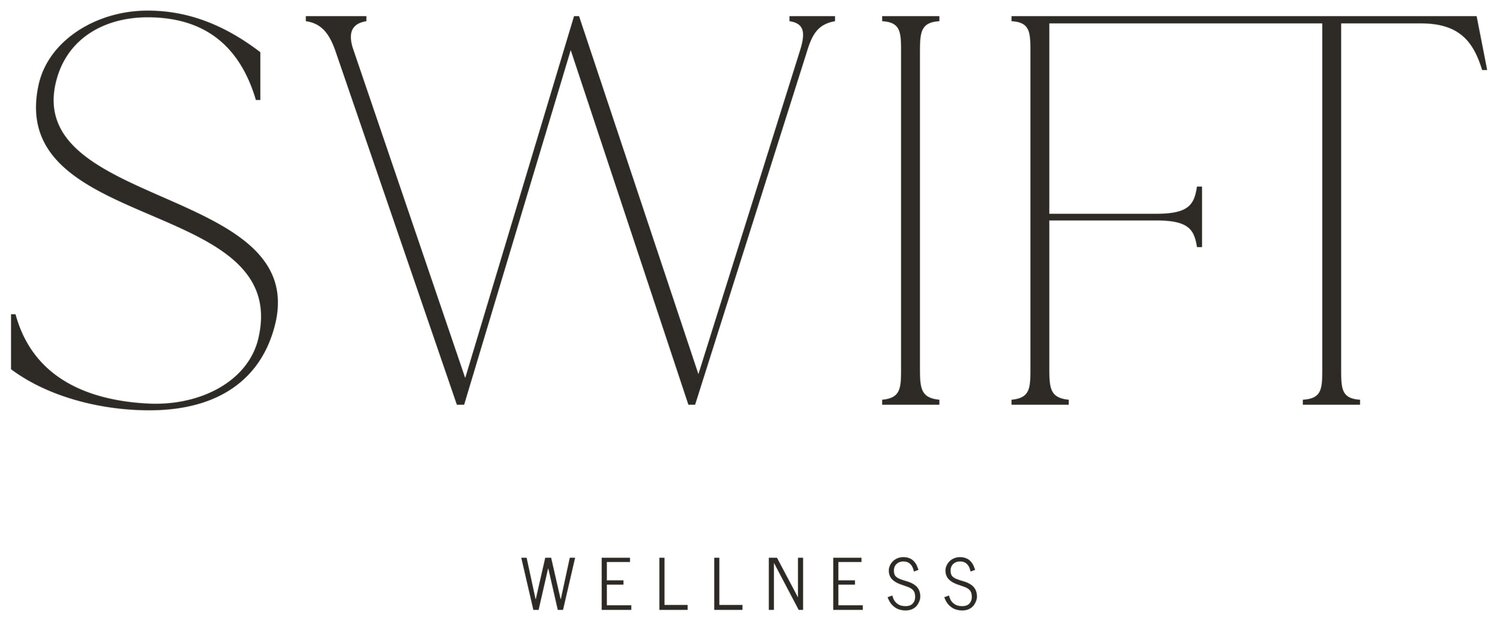Identifying Your Unique Anxiety Triggers
Guest blog by Heather Rider, the Energy Synergist
If you experience anxiety, you most likely have “good days” where your anxiety isn’t noticeable at all, and “bad days” where your anxiety is at a very high level.
For many people, they just can’t seem to figure out why they feel fine one day and the next day their anxiety has reared its ugly head. It often seems as if there is no apparent cause for the anxiety.
Photo by Chad Madden on Unsplash
But there actually is a cause, and the key to figuring out what is causing the anxiety is to identify your anxiety triggers.
An anxiety trigger is an event, emotion, person, etc. that causes your anxiety to start, or makes it worse. Most people have a variety of triggers (not just one) that are completely unique to them, meaning there isn’t a list of triggers available to help you identify yours.
Triggers are different for each person, and many triggers are rooted in instances, occurrences and traumas that have occurred in your life. This is why the triggers are so unique, because they are personal to you and what has happened in your life.
If you start to identify your anxiety triggers, you can start to better manage your anxiety.
When you know what your triggers are, you can sometimes avoid them. If that is not possible, then you can prepare yourself ahead of time if you know a trigger may be coming. This will help you cope better with the trigger, because you will feel prepared.
To share a personal example with you, I discovered that going through the airport security line is a very big anxiety trigger for me. As soon as I get my ID back from the TSA agent, my anxiety starts to increase.
I feel the frenetic energy of hurried travelers in line in front or back of me. It seems as if everyone is in a rush and as I approach the counter before the scanner conveyor belt, I feel rushed to get my items on to the counter and through the scanner as fast as possible.
If you’re traveling with carry-on luggage, there is so much to put through the scanner. You have to take out your toiletries, all electronics now have to be in their own bin, you have to take your shoes off, etc.
I feel so pressured to do all of this as fast as I can. It seems as if there is always someone behind me who must be late for his or her flight because of their body language and the pace at which they are moving.
It took me a very long time to realize the security line was an anxiety trigger for me. Now that I know, I am better prepared and have developed strategies to help me cope.
I always make sure I am wearing shoes that are easy to take on and off. If I’m taking carry-on luggage, I take my toiletries out of my luggage and put them into my purse before I go through security so that I can easily take them out and put them in a bin.
And most importantly, if I feel pressure from the person behind me to move faster, I take a deep breath and tell myself internally that I don’t need to feel rushed by that person. If he or she is late, that is not my fault.
If you want to start to identify your own anxiety triggers, there are specific ways that you can approach discovery.
The first is to keep a triggers journal. You’ll have to be diligent about discovering your triggers, and writing them down as you discover them helps you to remember them. Writing them down will also help you notice more of them because your brain is primed to look for them.
First, notice if your anxiety is worse at a particular time of day.
Do you feel more anxious in the morning, afternoon or night time? If you can identify a particular time of day, then you can notice what you are doing at that time that might be a trigger.
Notice if there is a particular person that makes you feel anxious.
A boss or a coworker might be a trigger. A family member or significant other is another common trigger. Perhaps a specific friend is a trigger.
Next, notice if there is a particular place where you feel most anxious.
This might be at work, at home, or while you are out shopping, particularly if the store is very crowded. Being stuck in traffic is a common anxiety trigger for many people.
Photo by Nabeel Syed on Unsplash
Another way to identify an anxiety trigger is to notice other emotions that preceded the anxiety.
Often, feeling one emotion that you think of as unpleasant or undesirable will trigger your anxiety. Common emotional triggers are fear, anger, sadness or worry.
As illustrated with my airport security anxiety trigger, you will most likely discover that you have what you may consider a very unusual trigger, and that is completely okay.
If you realize that everyone with anxiety has his or her own unique triggers, you’ll be more accepting of yourself. And that acceptance will most likely help you surface other triggers, because you’ll be non-judgmental about them.
I recommend that you keep a journal for an entire week. Once you have identified numerous triggers, take the time to rate them on a scale of one to ten (ten being the worst) so you can understand which triggers are the most likely to make your anxiety escalate.
Then, you can strategize about those specific, high rating triggers. Can you completely avoid the trigger? Personally, I love to travel, so I am not willing to NOT fly just to avoid the security line trigger.
If you can’t avoid the trigger, what coping mechanism can you use to keep the anxiety from increasing when the trigger occurs? Is just the awareness of the trigger enough to help you manage it?
If not, then figure out concrete steps you can take to cope with the trigger, just like I do when I have all my items out and ready to put into the bins at the security line.
While there is a good amount of initial effort involved in identifying your unique anxiety triggers, the payoff for the effort is huge, and you’ll start to feel so much more in control of your anxiety.
Heather, The Energy Synergist is a former overworked, overstressed perfectionist. While working in the Austin high tech industry, she developed a severe autoimmune reaction that was triggered in part by massive stress.
She now works with high achieving, high stress women who are ready to shift out of anxiety without the use of pharmaceuticals, using holistic approaches to healing.
Her work has been featured in Culture Map Austin, and she's been live on Studio 512.
Web: http://www.theenergysynergist.com





